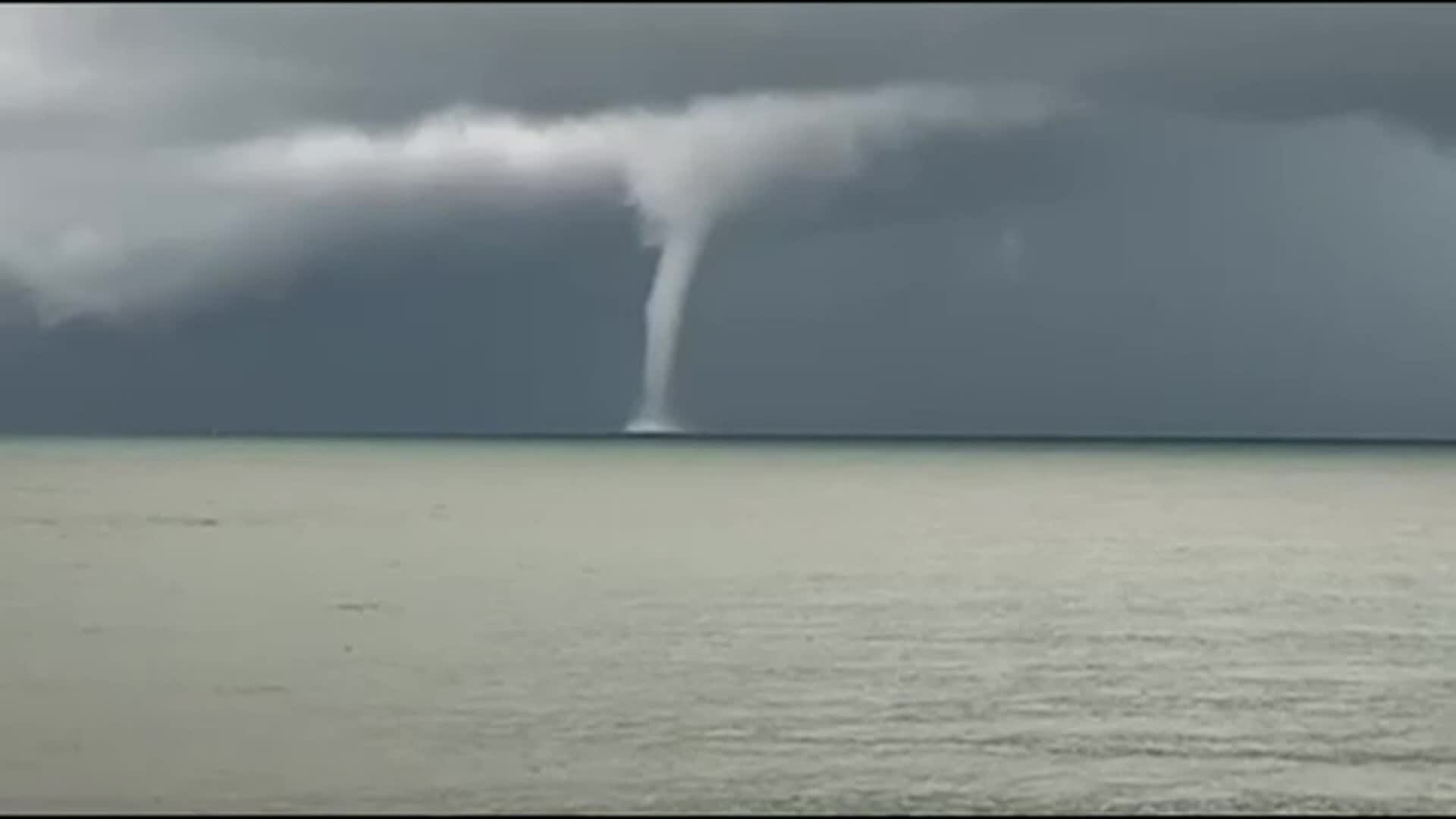The death toll in Malawi from Cyclone Freddy has risen to 326, the country’s president said late Thursday, bringing the total number of victims across southern Africa to more than 400 since February.
Rescuers were unearthing more bodies as the chances of finding survivors faded after the cyclone followed a highly unusual course by returning to lash southern Africa’s mainland a second time.
“As of yesterday, the death toll from this disaster has risen from 225 to 326,” Malawi President Lazarus Chakwera said in the devastated southern region near the commercial hub Blantyre.
“The number of people displaced has more than doubled to 183,159, as has the number of households displaced, which now stands at 40,702.”
Chakwera renewed his appeal for global aid as rescuers continued to seek survivors on Thursday from the flooding and mudslides caused by torrential rains this week.
More than 300 emergency shelters have been set up for survivors, while the army and police have been deployed to deal with the crisis.
Two weeks of national mourning and a state of emergency have been decreed in the country.
Cyclone Freddy dissipated over land late Wednesday, but weather monitoring centers warned that countries are still vulnerable to flooding and landslides.
“Roads and bridges have been swept away cutting off communities from much-needed support. Houses and homes have been destroyed leaving families stranded and out in the cold,” said Mathew Pickard, the regional director for southern Africa at the aid organization Care International. “As rescue efforts continue, the death toll is anticipated to rise.”
Hundreds of people have been moved to camps, but food and clean water is still scarce, said Andrew Mavala, executive director of the Malawi Network for Older Persons, with dozens of older people who don’t know how they’ll recover.
In Malawi and Mozambique, where cholera outbreaks were already ongoing when Cyclone Freddy ripped through, deaths from the disease and other water-borne illnesses are also expected to rise.
This is an atypical phenomenon with an intensity we rarely observe in the Indian Ocean. On Sunday, February 19, it reached the ultimate stage of a very powerful tropical cyclone. It is very compact. At the center of the system, we recorded extreme winds with average winds of 120 knots, around 220 km/h, on Sunday, before passing 190 kilometers north of Réunion. Peak gusts, near its center, reached approximately 320 km/h.
“We have never observed winds in this range in the territory.”
If the area where the most extreme conditions are concentrated had hit Réunion, the result would have been apocalyptic. We have never observed winds of this range of values on the territory. These winds would have been even higher on the higher elevations of the island, in case of direct impact. Because they are always more powerful on the high ground than on the coastline. In this worst-case scenario, they could have approached 380 km/h on the summits. Nothing can resist that force.
All the vegetation collapses. This is the ultimate category of cyclones like Irma in the Caribbean. It should be noted that this system has grazed Réunion Island and Mauritius, which are getting off lightly. Given the characteristics of this phenomenon, there is a risk that people will lose their lives in Madagascar.
Freddy passed to the north of Réunion at a speed that is rarely observed, namely at 20 knots, or about 40 km/h. This is the maximum speed for the movement of a low-pressure system. The positive outcome of this speed is that the duration of the episode of adverse weather is short with less accumulation of rain and fewer hours of strong winds. But the danger of this type of phenomenon is the brutal deterioration of the weather conditions.
Formed in early February off Australia, the cyclone with exceptional longevity has made an unprecedented crossing of over 8,000 km from east to west in the Indian Ocean.
It followed a looping path rarely recorded by meteorologists, hitting Madagascar and Mozambique for the first time at the end of February, and then again in March for these two countries and Malawi.
In addition to the heavy toll in Malawi, Freddy also killed 165 people in Mozambique and another 17 in Madagascar, according to the UN.
